Introduction and Interview Gabrielle de la Cruz
Images Gabrielle de la Cruz and ManilaBang
“The booths and panels with digital art and NFTs were particularly placed in front to introduce guests and audiences to new processes and practices in today’s Philippine contemporary art scene,” said ManilaBang Show artistic director Alain Zedrick Camiling when I approached him and asked him if there was a recommended way to go through the entire exhibit. This was a few minutes after I got to the show’s vernissage last December 8; I thanked him for remembering and inviting Kanto despite our last conversation being in July, during the exhibit of Jandy Carvajal’s Ang Ating Mga Kayamanan sa Bakuran.
When I asked Camiling how the 2022 ManilaBang differs from the first one last year, he said that the second edition is way bigger given the incorporation of pieces from the digital art space and the art toys industry. The idea was to understand where the Philippine contemporary art scene was at the moment and how the industry can further show its support to both established and emerging artists. A series of booths in the middle of the fair was dedicated to Art Toys PH, a platform and community for art and designer toys in the Philippines. Among the crowd favorites was the Empire City, a collection of playful figures featuring Star Wars characters.
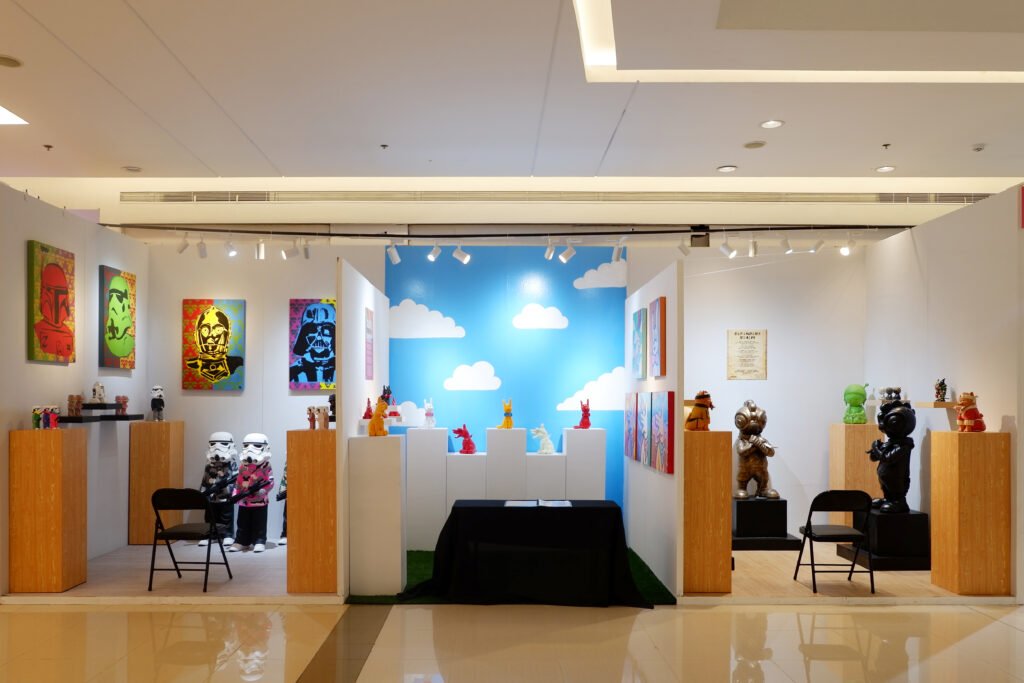

With a diverse group of artists and art aficionados gathered during the vernissage, various conversations filled a huge portion of Festival Mall’s expansion wing with creative energy. This was a great precedent for the Interchange program that ManilaBang organized, which was a series of intensive art talks from various professionals in the art industry. Two to three sessions were held per day from December 9 to December 11. All exhibiting booths were also opened to the public on the same dates, with the show being free of admission charges and all pieces put up for sale.

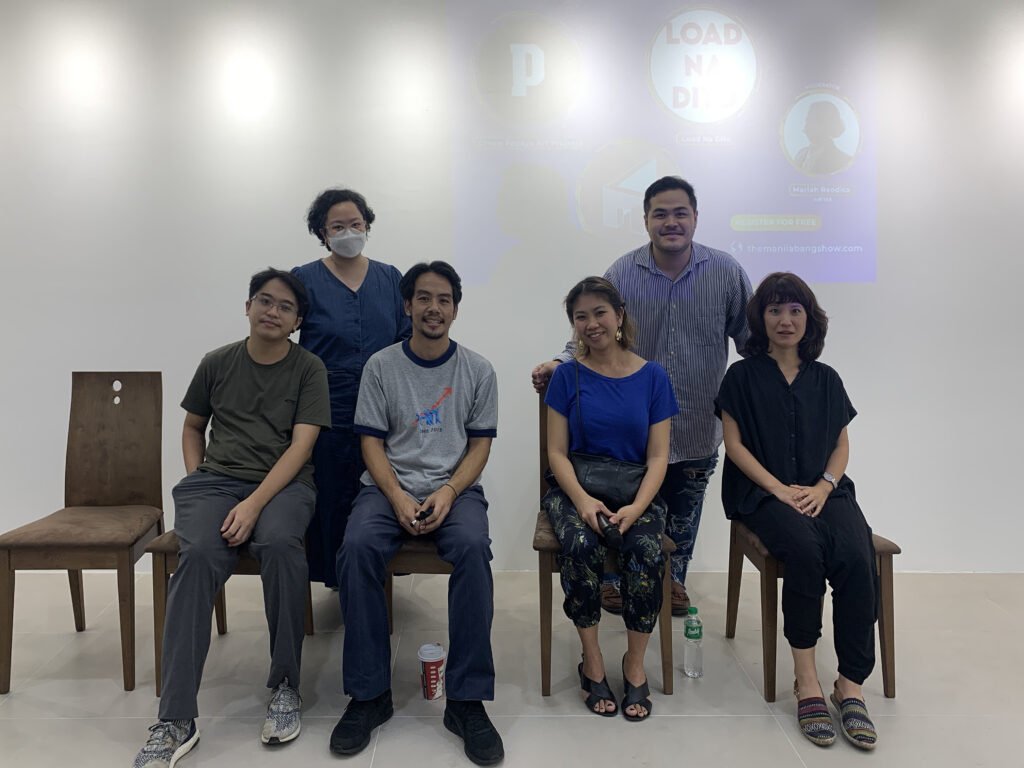
Here is Kanto’s conversation with Camiling after the event, along with a few insights from some of the exhibit’s participating artists:
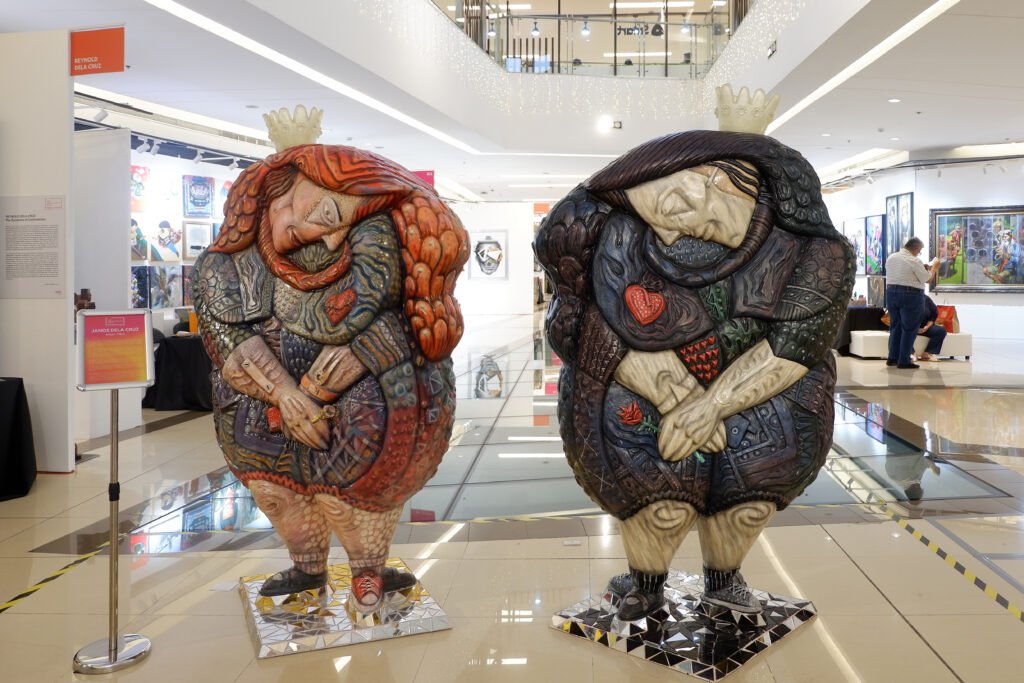

Hi Alain! How would you describe ManilaBang’s vernissage? What were some of your prevailing emotions throughout the entire experience?
The first day was overwhelming! We did have a good turnout of audiences during the vernissage; it was literally packed in a very good way! We were fortunate to have distinguished guests and collaborators which include artists, curators, and galleries, among many others.
I was primarily excited about how the fair would eventually unfold — how the Interchange program propelled important conversations in the ecosystem, the dynamic performances our collaborators have prepared, curated exhibitions, and of course, what each of our collaborating galleries has prepared for our guests.
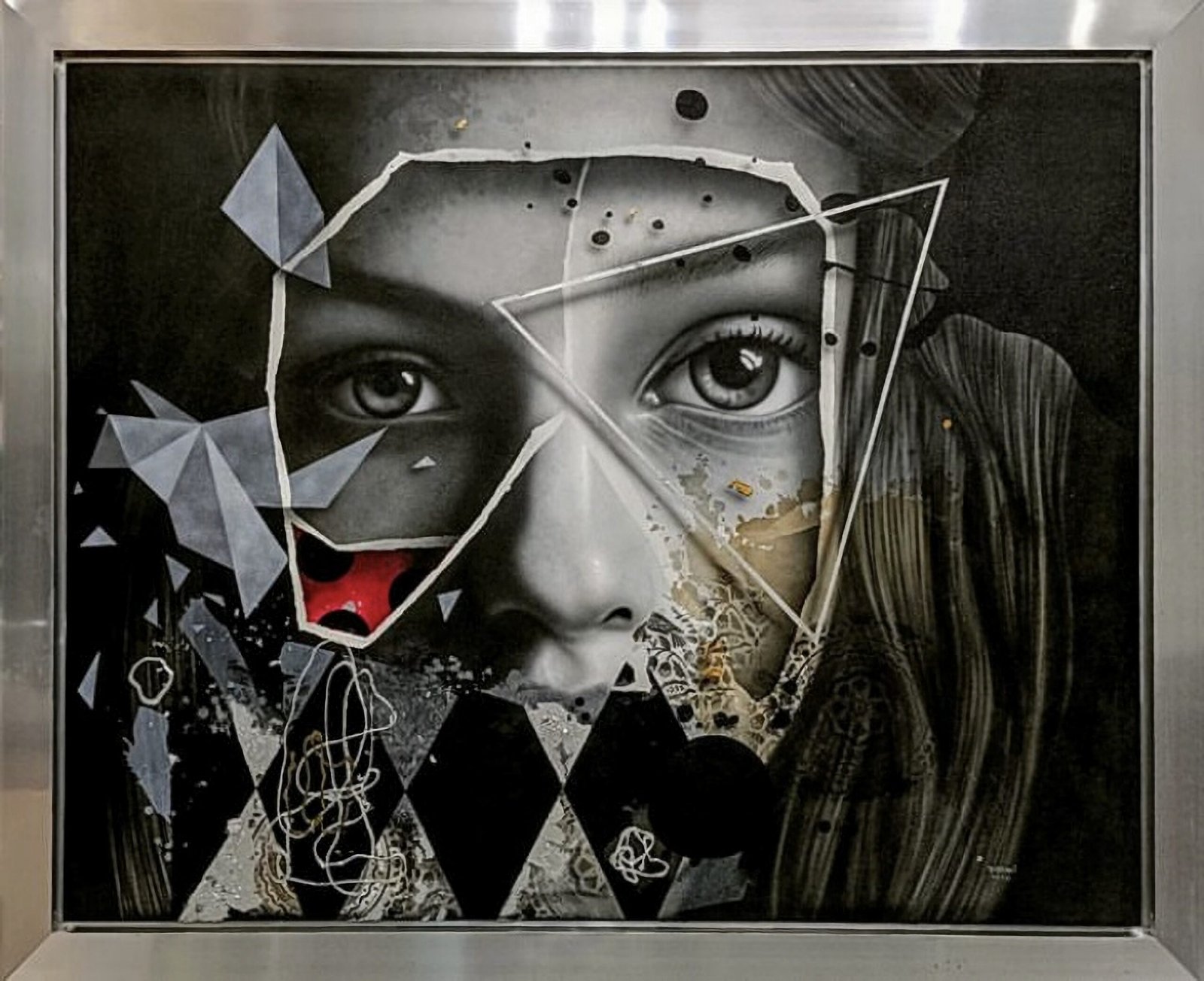

The show’s title is a nod to the 1980’s Big Bang Alabang commercial and entertainment fair. Can you walk us through your process for putting up this entire event? What were some of the milestones and challenges?
During this year’s vernissage for my welcoming remarks, I mentioned that The ManilaBang Show reminds me of an ecosystem of support and collaboration as I reflect on working with an evolving team since 2020. During that time, the organizing team appointed me as its founding artistic director/ lead curator for its first run showcasing one big show of diverse works by both Filipino and foreign artists. Crucial to mention for both runs is how it shifted from one big show to an actual art fair with 25 galleries. The organizing team has a strong core team who are keen on balancing both the project and their other responsibilities.
We started ManilaBang when restrictions were still a bit tight compared to this recent one. In terms of space, it was quite challenging as we are doing it inside a fast-paced mall with active traffic. Luckily, our partners and collaborators were open and considerate. It is also important to note that there we undertook many risk management mechanisms such as keen consideration of mall policies and pandemic guidelines as we wanted to make the show bigger and better.
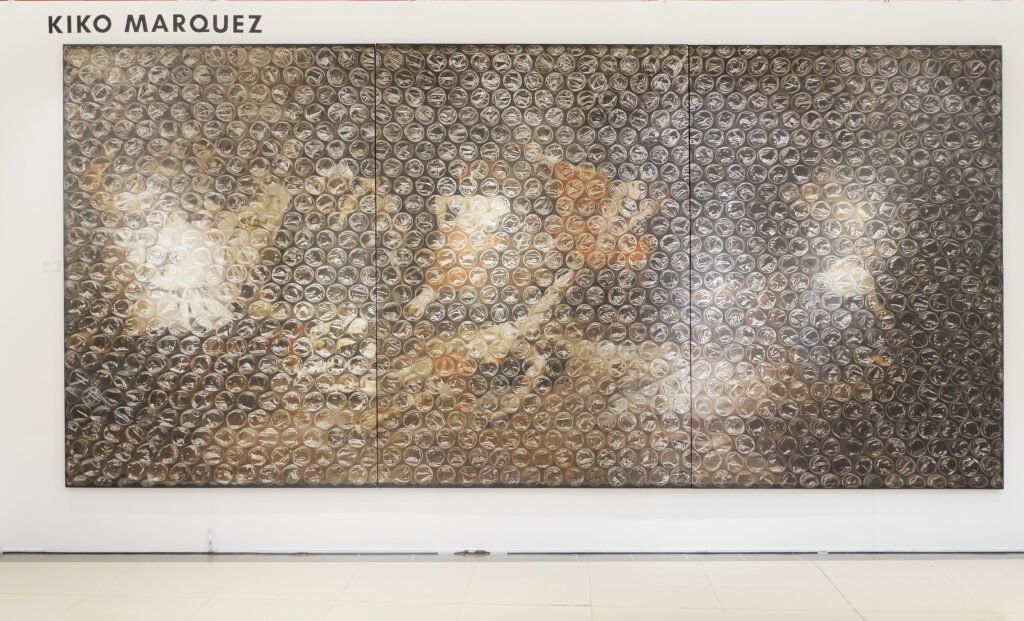

There were more than 300 artists who exhibited their works. Was there a certain criterion for choosing them or is this more of an open to all gathering? What about the featured artists? How did you handpick them?
I always describe ManilaBang as collaborative. I look back on my thoughts on our ecosystem of support and collaboration where we consult each other and work as colleagues. All participating artists came from diverse backgrounds and practice engaging in projects and activities across global and local art scenes.
One of the highlights for this year’s run includes engaging with ‘new’ art communities such as those who engage with NFTs and Art Toys which both have a strong network of dynamic artists supporting each other and robust market support. There is also a feature on the new wave of artists to amplify recognition of emerging artists in the Philippines. I would say these are artists who remain open to exploring further in terms of their process and practice.
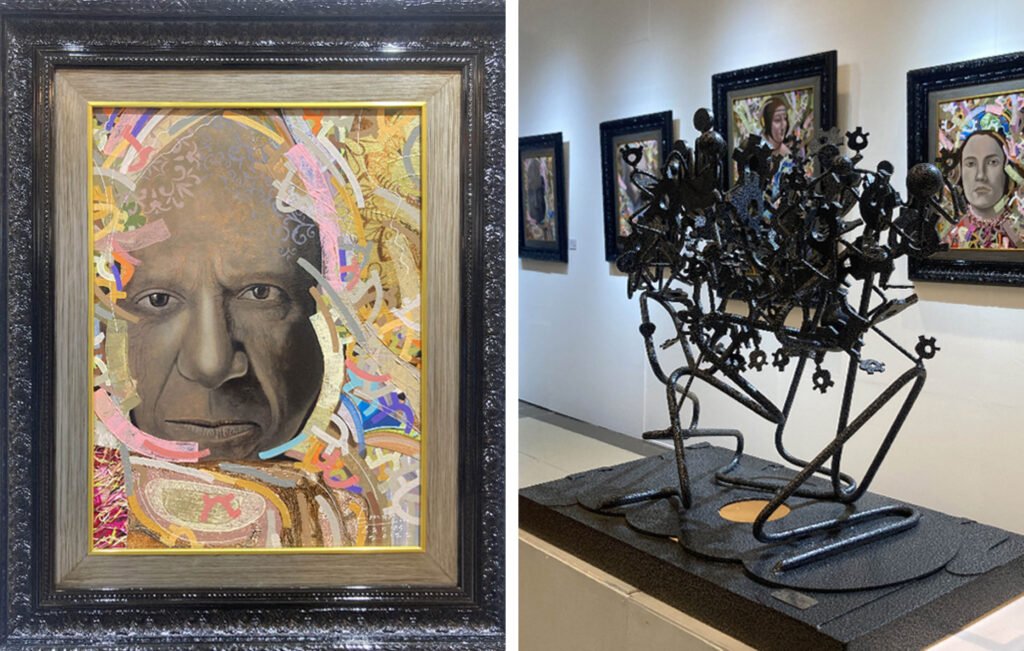

Curating all these artworks likely included left and right conversations. Can you share with us some of the most interesting insights you’ve gathered?
We’ve had pretty good feedback regarding Manila’Bang’s curated shows/special projects. One of which is an installation by Mark Salvatus titled Off-grid, curated by me, and Material Interest, Alternative Space curated by art historian, critic, and curator Carlos Quijon Jr. featuring works by Jan Balquin, Christina Lopez, and O.I. Research Partners (Ev Yu and Vik Laugo). Both exhibitions consider exhibition-making and art presentation in an alternative space as the works explore contemporary art gestures through artistic and creative resonances. Here, it is evident that the materials used by these artists are somewhat unconventional as they employ archival work, found objects, intrinsic metalwork, and cement.
One specific feedback I got, the section is a fresh take on how the show was presented, most especially in a mall – one goes through the entire fair and eventually reaches the endpoint of its entirety. For me, it foils up the entire experience of presenting snippets of Philippine contemporary art to audiences, and the market.
Apart from this, there are many people who have mentioned that public programs are a good way to enlighten more audiences about contemporary art and its related contexts. For the talks, I was always interested to catch how the open forum pans out as we also expect to converse with our attendees who were mostly collectors, gallerists, artists, cultural workers, and the public including a few students.
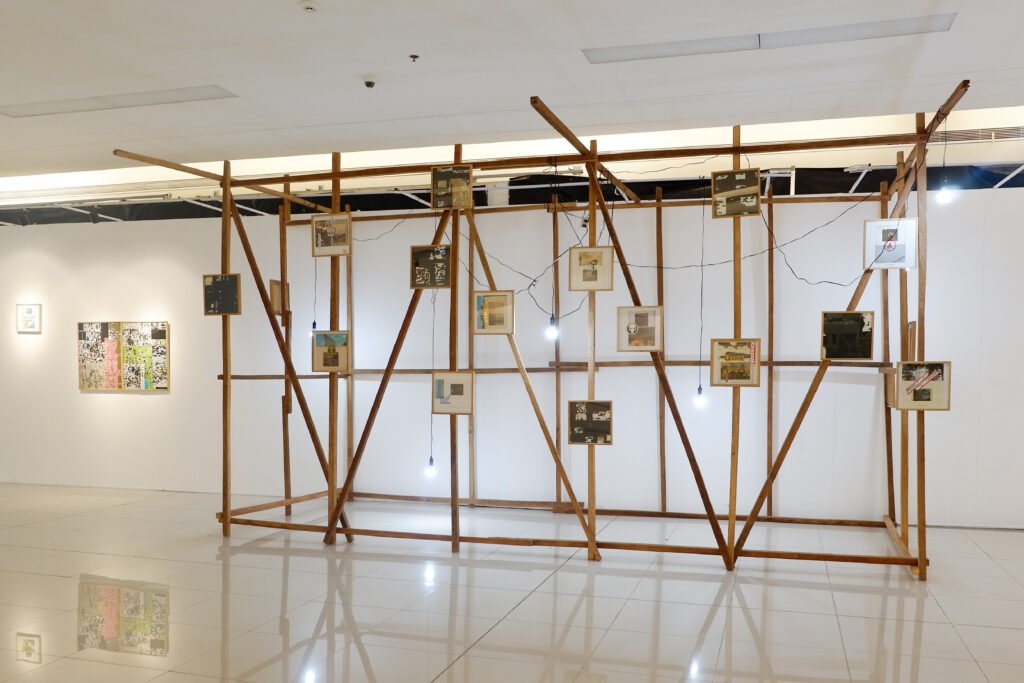

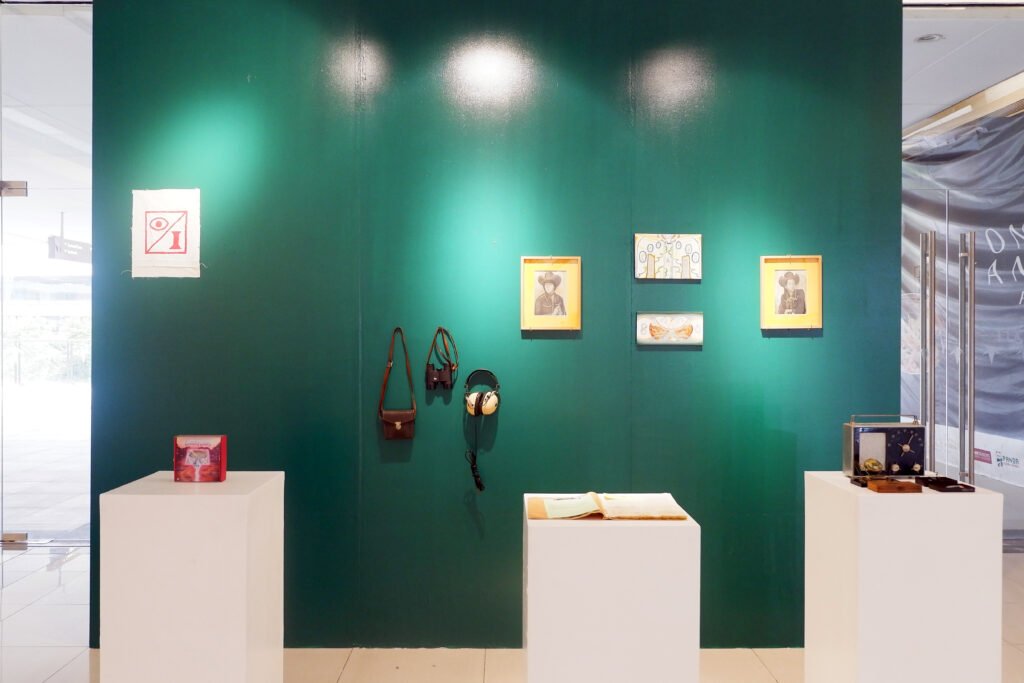

In our last interview, you mentioned that you tend to be more generative and collaborative when working with groups and that you are open to learning many things across the arts ecosystem. What would you say are your learnings from putting up this show?
Among many others, I could say that each of the iterations required specific adjustments depending on the needs and contexts. For instance, we offered more dialogues this year, and I have worked with more people in implementing the talks compared to last year’s online runs.
Another example is learning from each person you work with. There’s definitely something you can pick up from each experience. Each project also has its own demands, and these should be addressed proactively. Projects in the arts and culture sector often operate or get implemented through a network. By network, I point to interwoven stakeholders for each project which would either have a direct/indirect effect on its success, particularly hinged on support and collaboration.


You meet and collaborate with people in the Philippine art scene who work with different forms and genres. Does your personal art preference affect how you curate? What do you look for in an artwork?
I am particularly interested in works, perhaps projects and practices, that attempt to weave together people, spaces, and places by balancing artistry and criticality. I am also interested in both viscerality and materiality as well as the contexts the works aim to bring forth – how artists try to translate their ideas and why such matter to them and eventually connect them to a bigger picture, or shall I say the now. I think it’s crucial to think about these things to explore all possible layers of understanding one can get from each artistic and creative cue.


Is ManilaBang your last show for 2022? Can you let us in on some of your plans for the next year and what the art industry can expect from you moving forward?
I am on a self-imposed (mini) break for the first quarter of 2023. There are some collaborations, mostly exhibitions, in the pipeline in the succeeding months with individuals and groups within and outside the Philippines. The pandemic also has taught me how to operate or approach one day at a time. For now, I am looking into constantly sustaining both my curatorial and writing practice along with teaching. •
Gabrielle de la Cruz started writing about architecture and design in 2019. She previously wrote for BluPrint magazine and was trained under the leadership of then editor-in-chief Judith Torres and previous creative director Patrick Kasingsing. Read more of her work here and follow her on Instagram @gabbie.delacruz.
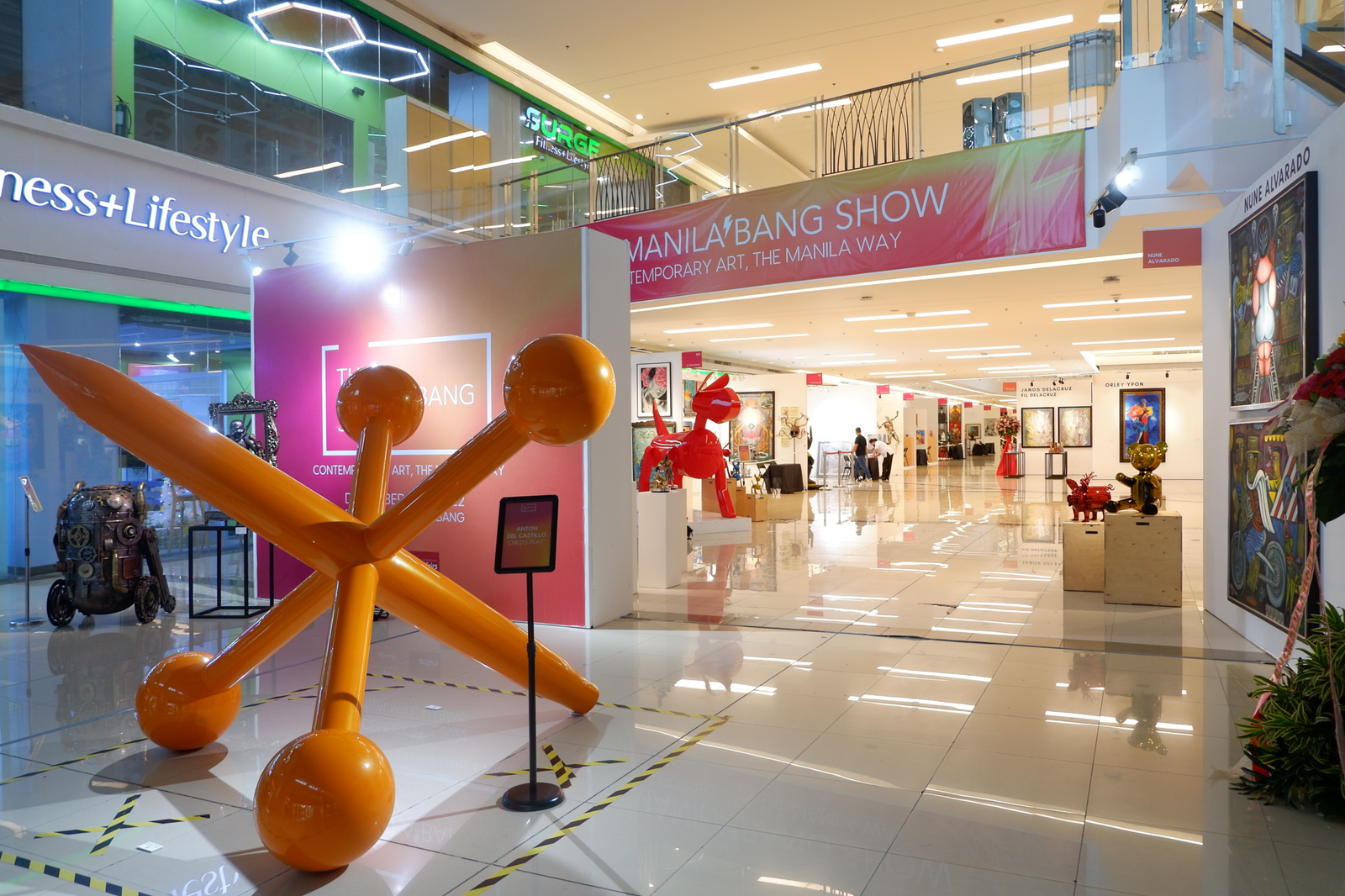

One Response